- Category
- War in Ukraine
“It Takes Seconds.” How Russian Missiles Bring Winter Terror to Ukraine’s Border City of Sumy
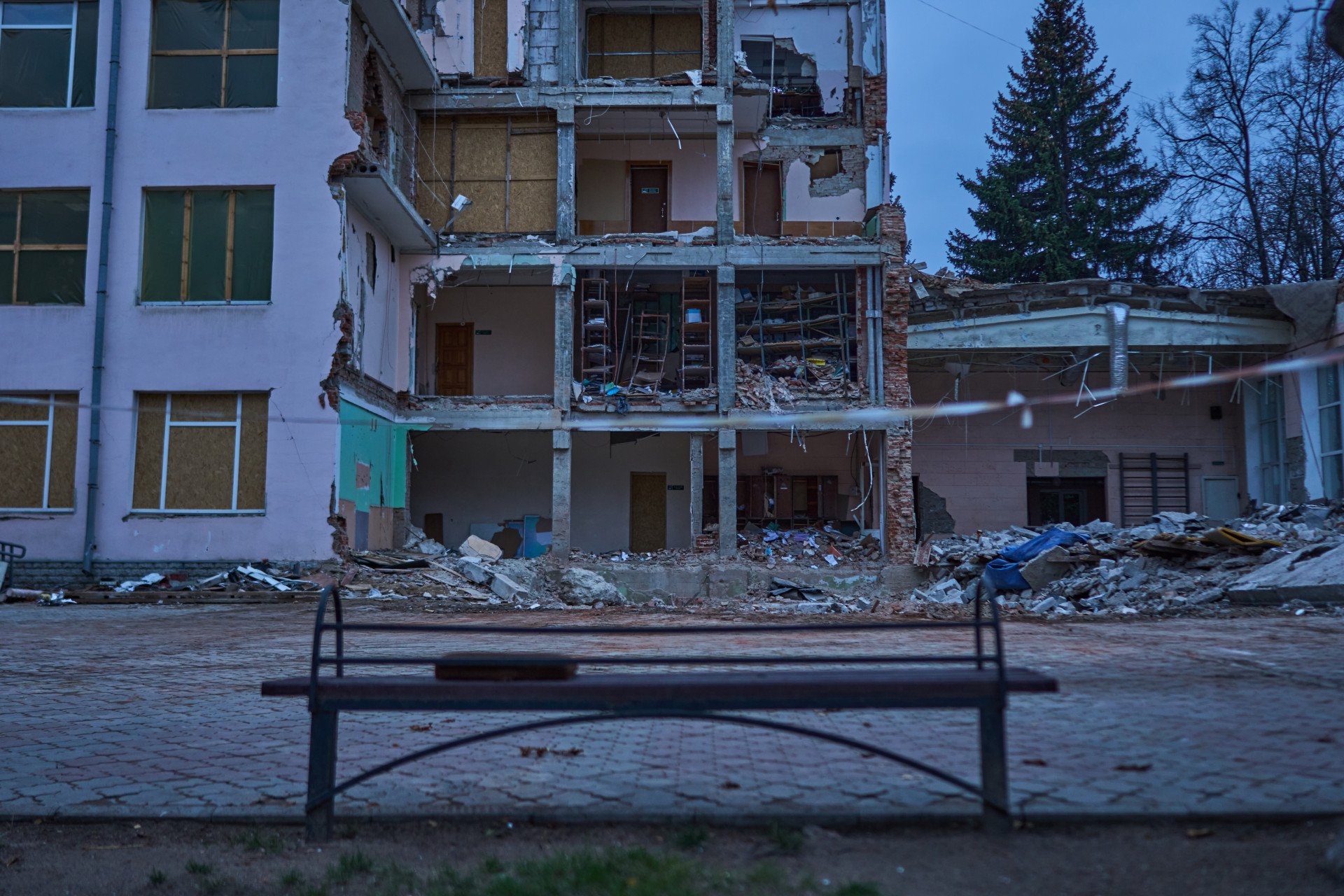
Russia’s largest aerial assault in months has plunged Ukraine into renewed terror, targeting civilians with over 120 missiles and 90 drones on November 17. Among the hardest hit is Sumy, Ukraine’s frontline city bracing for a winter of fear, destruction, and survival.
A child bundled in a ski jacket plays outside, smiling, unaware of what’s coming next. The blast is sudden and almost makes the phone fall, forcing the mother and her kid to run for cover—Sumy is once again under attack.
A mother, out for an evening walk with her child, accidentally records the moment Russian forces attack a residential area in Sumy. pic.twitter.com/bJ3HEdodbj
— UNITED24 Media (@United24media) November 17, 2024
It takes Russia only a few seconds to destroy entire families. While rescuers are still working on the scene, a father cries over the body of Illia Doroshenko, his nine-year-old, wrapped in a fur plaid he won’t be needing anymore.
The ballistic missile Russia sent on Sumy on November 17 killed at least 11 civilians, including the little boy, 14-year-old Anastasiia Borovyk, and injured 89 others.
Another attack on a dormitory in the region killed 12 on November 18, including seven-year-old Vasyl, while an attack on Odesa killed another ten civilians on the same day, wounding four children among the 47 injured.
This has become an everyday scene in Ukraine, as Russia keeps on escalating its attacks on Ukrainian cities ahead of winter, targeting energy infrastructure and civilians all the same.
“It only takes ten-fifteen seconds, and everything is gone,” Oleksii Kluiev, a Dobrobut volunteer rebuilding destroyed buildings in Sumy, told United24 only a few days before the deadly attack.
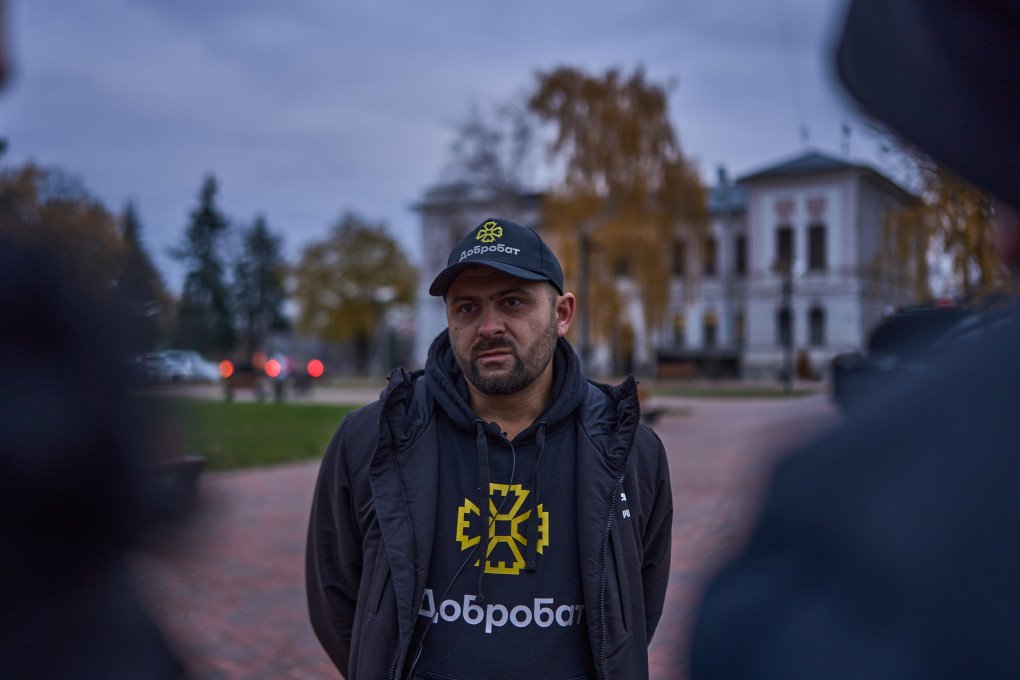
Never-ending terror
It’s cold outside, but it’s not the temperature drop that makes him quiver. Kluiev witnessed first-hand a double tap of Shaheds while rebuilding a hospital in the city on September 28. He vividly remembers that day.
He still has the video on his phone. In the footage, volunteers first try to hide in a building, but for others, it’s too late.
Outside, the video shows pure chaos. A man in a wheelchair is profusely bleeding. Bodies are scattered everywhere. A police officer lies in a pool of blood, his leg half broken at an odd angle.
It was a few months ago, and the hospital is already being rebuilt, but other locations still bear the brunt of previous attacks. Some of them are ripped open, showing the inside of the building and their shelves dangling over the street.
People are so used to drones that they don’t have the life-saving reflex of falling on the ground and protecting their heads when they hear a buzz, Kluiev said.
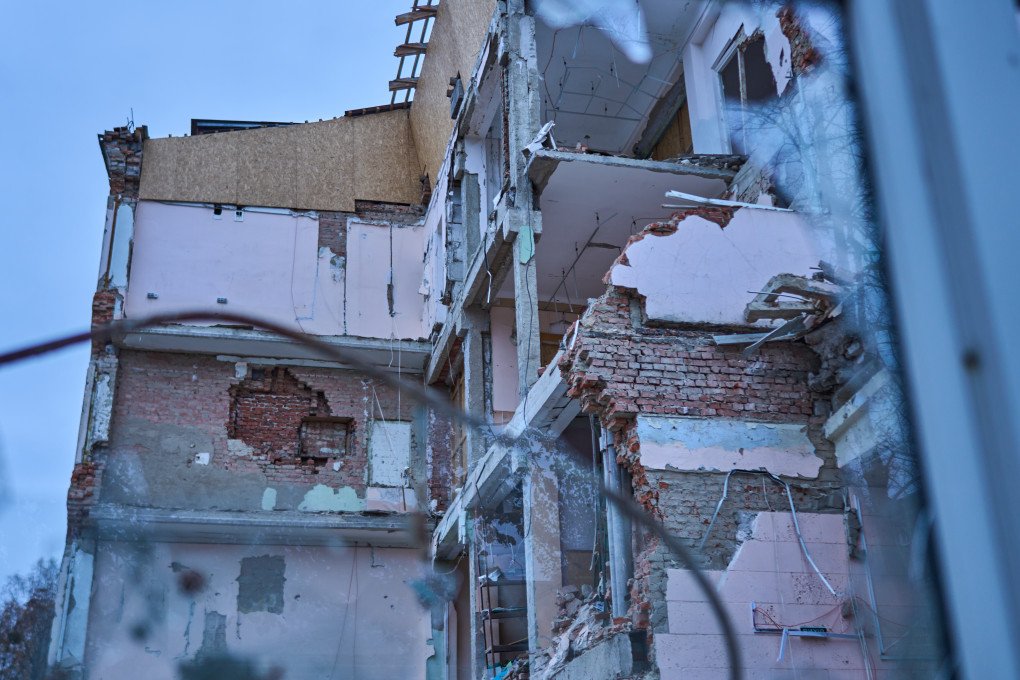
In the very heart of the city, locals go about their daily lives despite the constant menace. Oksana Dudchenko, a short, middle-aged woman with a shy smile, just saw a Shahed flying over the city. It doesn’t faze her.
“One of them just flew over my head, but it wasn’t approaching,” she said. “We’re just used to it.”
“Of course we’re scared,” locals Oleksandr and Liubov Demenko admitted while taking a walk. “But we have no other alternative than living here; we were born here, our children too, and this is the best city for us.”
Going to shelters under air raid alert can also be dangerous, notes Lidiia, who rents flats in Sumy, with a touch of fatalism.
“There’s no point going there,” she said. “The Russians are so close; the explosions hit the city before the air raid alert starts.”
The flat is on the eighth floor of a residential building—the exact Soviet copy of the one hit on November 17. We can see a sea of windows through the evening blackout, and the buzzing sound of drones is constant in the sky.
The shelters are too far, she said, and it’s more dangerous to be outside running for cover than staying at home when the sirens howl in the city’s streets.
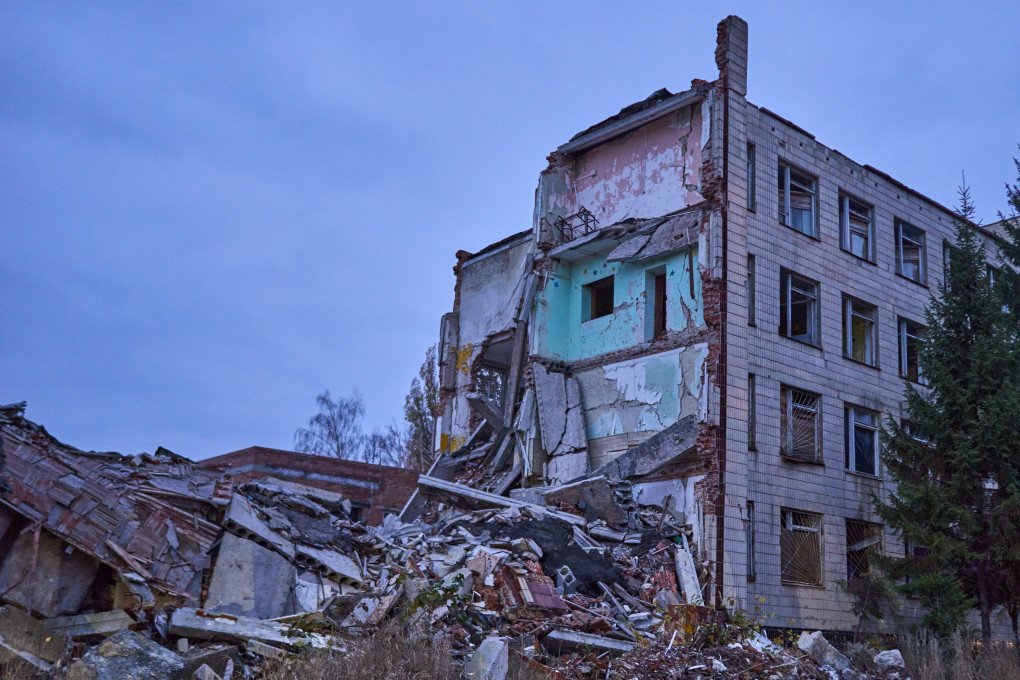
Glide bombs, Shaheds, and ballistic missiles
The Russians usually start their strikes on Sumy with glide bombs or KABs, Lidiia said.
The KABs or Soviet-era bombs upgraded with extendable wings and a guidance system, are a nightmare for Ukraine’s air defense since they can’t be intercepted mid-air.
Then follow Iranian-designed Shaheds or Geran-2, their Russian equivalent, built on the same model as its Iranian counterpart.
Between June and August, Russia launched more than 2,000 strikes on the Sumy region from its Kursk region, using 255 KABs and more than 100 missiles, Heorhii Tykhyi, Ukrainian Foreign Ministry spokesman, said on August 13.
The ongoing Kursk offensive that started in August this year aimed at creating a buffer zone to reduce strikes on the Sumy and Kharkiv regions bordering Russia, among other strategic goals that included easing pressure in Donbas by opening another front.
Yet, the expected buffer zone didn’t stop the Russians from raining down KABs on civilians, even though their numbers reduced from 2-3 times, especially in the Sumy region, where the offensive started.
“Since the start of the Kursk offensive, they sent 3,207 KABs on the region,” Vadym Mysnyk, the Northern Command spokesperson, told United24.
Russia is reportedly concentrating 50,000 troops, including newly-integrated North Korean soldiers, to retake the Kursk region, said President Volodymyr Zelenskyy.
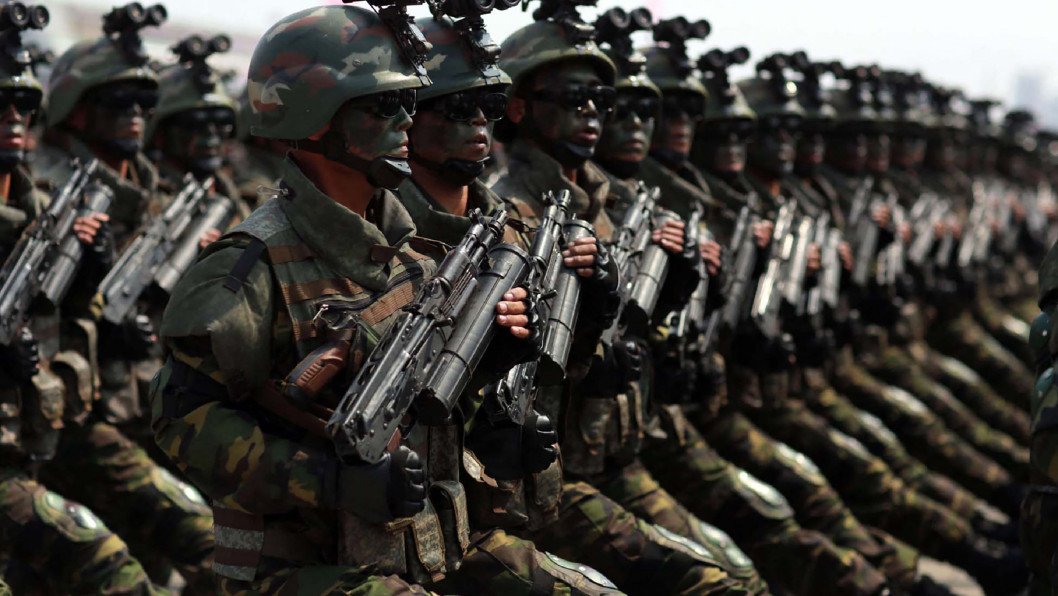
The situation is tough, soldiers from Ukraine’s 47th Separate Mechanized Brigade deployed in Sumy and Kursk region told United24.
Russian forces recently attempted to attack Ukrainian positions in the Kursk region, but the offensive failed, reported the press officer of the 47th Brigade, Anastasiia Blyshchyk.
"They attempted to break through with vehicles, landing troops, and storming settlements. However, ten units of armored vehicles were destroyed by the 47th soldiers," said Blyshchyk.
A potential offensive doesn’t faze the Demenko family, Oleksandr said.
“We don’t really see a threat so far, because our defense is good, and there’s a lot of forests and swamps around Sumy to stop Russia’s advance,” he said. “But if they come closer, of course, we’ll take weapons and fight.”
Evacuating the border
Contrary to the Demenko family, some had to leave everything behind.
Hryhorii is one of them. The old man looks tired, and the deep wrinkles scaring his face speak of his ordeal.
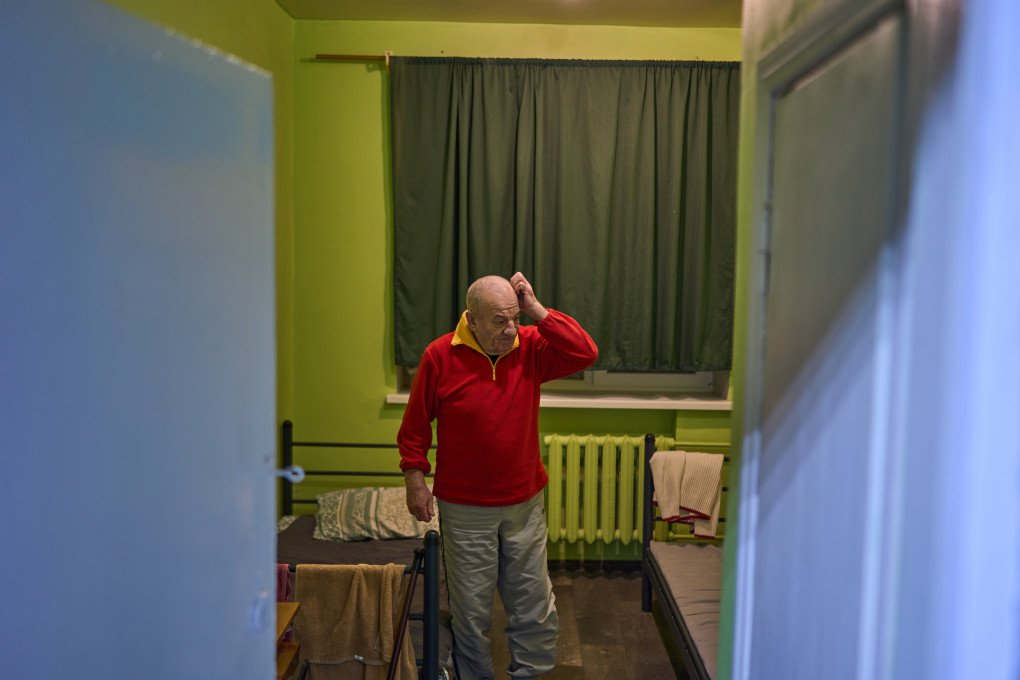
He’s from Yakunivka, a small settlement in the region's north, located some eight kilometers from the Russian border.
He fled the constant bombings with his neighbors when authorities ordered the evacuation. Now, he lives in a small but clean bedroom provided by the “Pluriton” evacuation center in Sumy.
The spartan room, with its lonely bunk bed and empty walls, has been his home for three months now.
“Of course, it was hard to leave; my home was everything to me,” he said.
Hryhoriy has been alone since his wife died. While talking, the familiar sound of distant explosions resonates in the surrounding streets. The man doesn’t bat an eyelid.
Almost 39,000 people, including 7,000 children, have already been evacuated from the border communities as of November 12, reported Volodymyr Artyukh, head of the Sumy region.
Some of them found solace in the Pluriton center, led by volunteer Kateryna Arisoi, who lived the evacuation ordeal firsthand since she left her native Bakhmut in 2022.
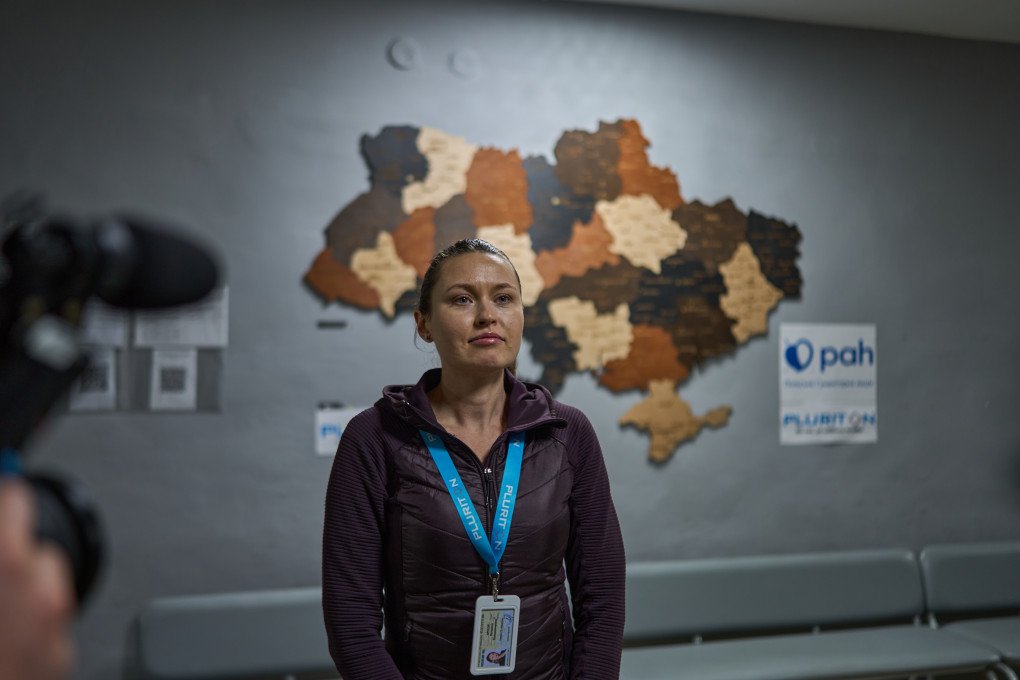
The threat of a renewed invasion of the region doesn’t scare her.
“I’m from the Donetsk region, I have lived through the war since 2014,” she said. “When I hear shellings, it makes me feel at home.”
The center is spacious, quiet, and clean—it offers all sorts of amenities to the ones who lost everything in the war. The vast kitchen is light and contrasts with the blackout taking over Sumy as the night falls.
The center doesn’t only offer beds, it’s also a transit place for those looking for another place to settle, where they can redo the indispensable documents they left behind.
More than 5,000 people went through Pluriton since its creation in 2023—and roughly 250 stayed there, in need of support.
“The only thing we have to do is do our best to help these people get through these times and, of course, believe that everything will end soon,” Arisoi said. “And if we can't all return to our homes, at least we will remain alive and unharmed.”
In his small room, when asked what he feels about the Russians, Hryhorii takes a long pause and stares. “I don’t have words anymore,” he says quietly.

-6359eca46c72bde40a90abaaadd6eaa8.png)
-29a1a43aba23f9bb779a1ac8b98d2121.jpeg)


-206008aed5f329e86c52788e3e423f23.jpg)
